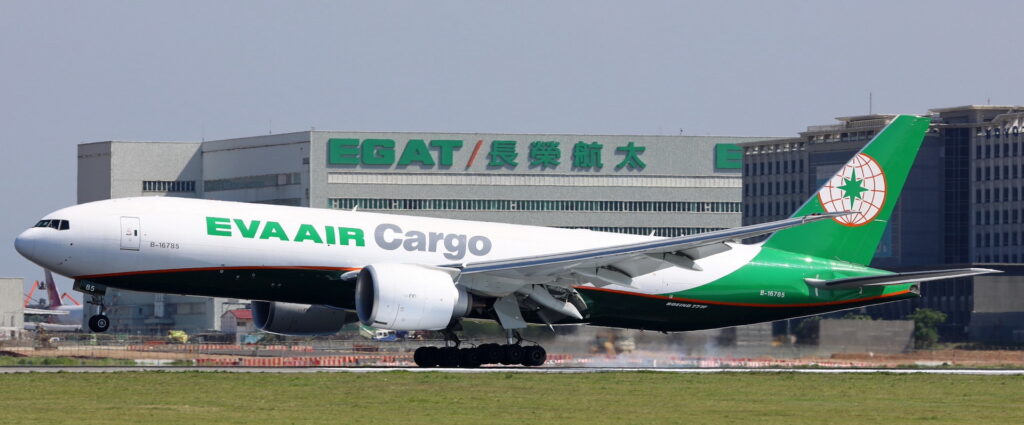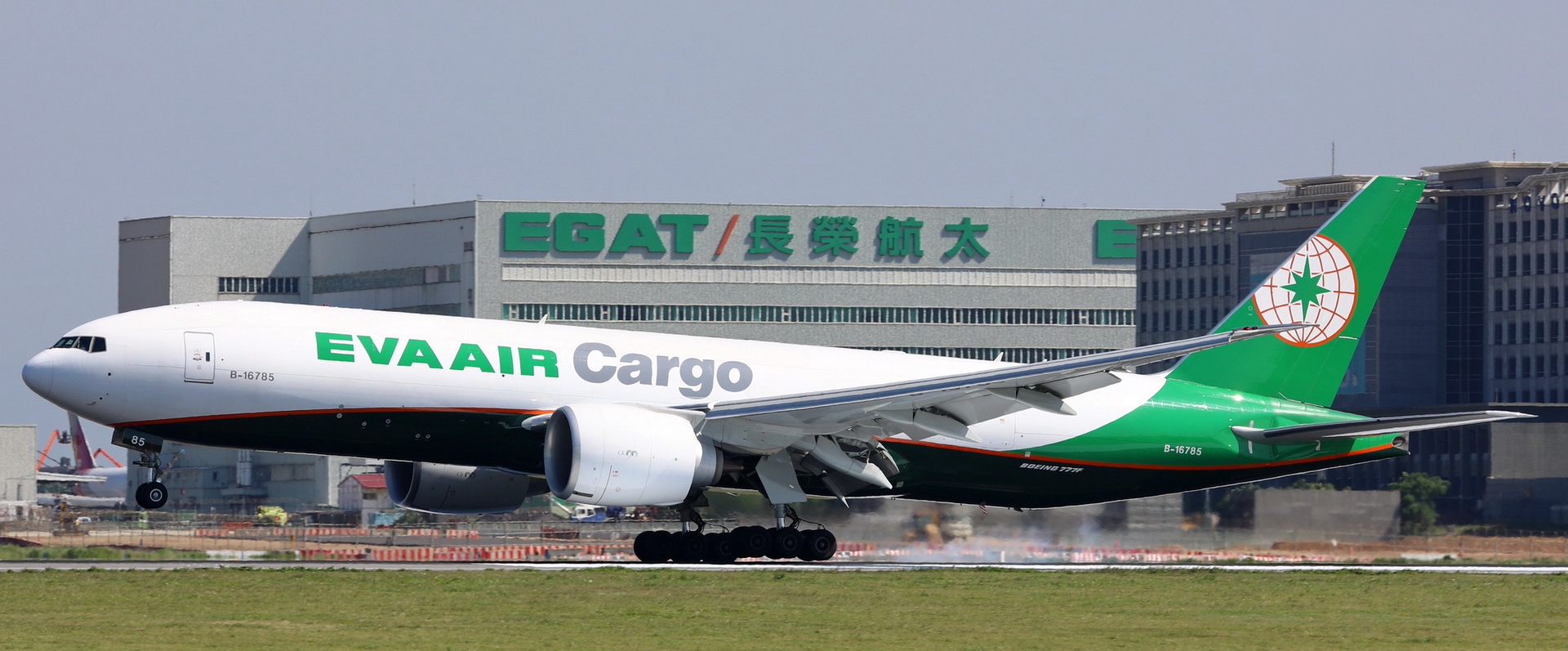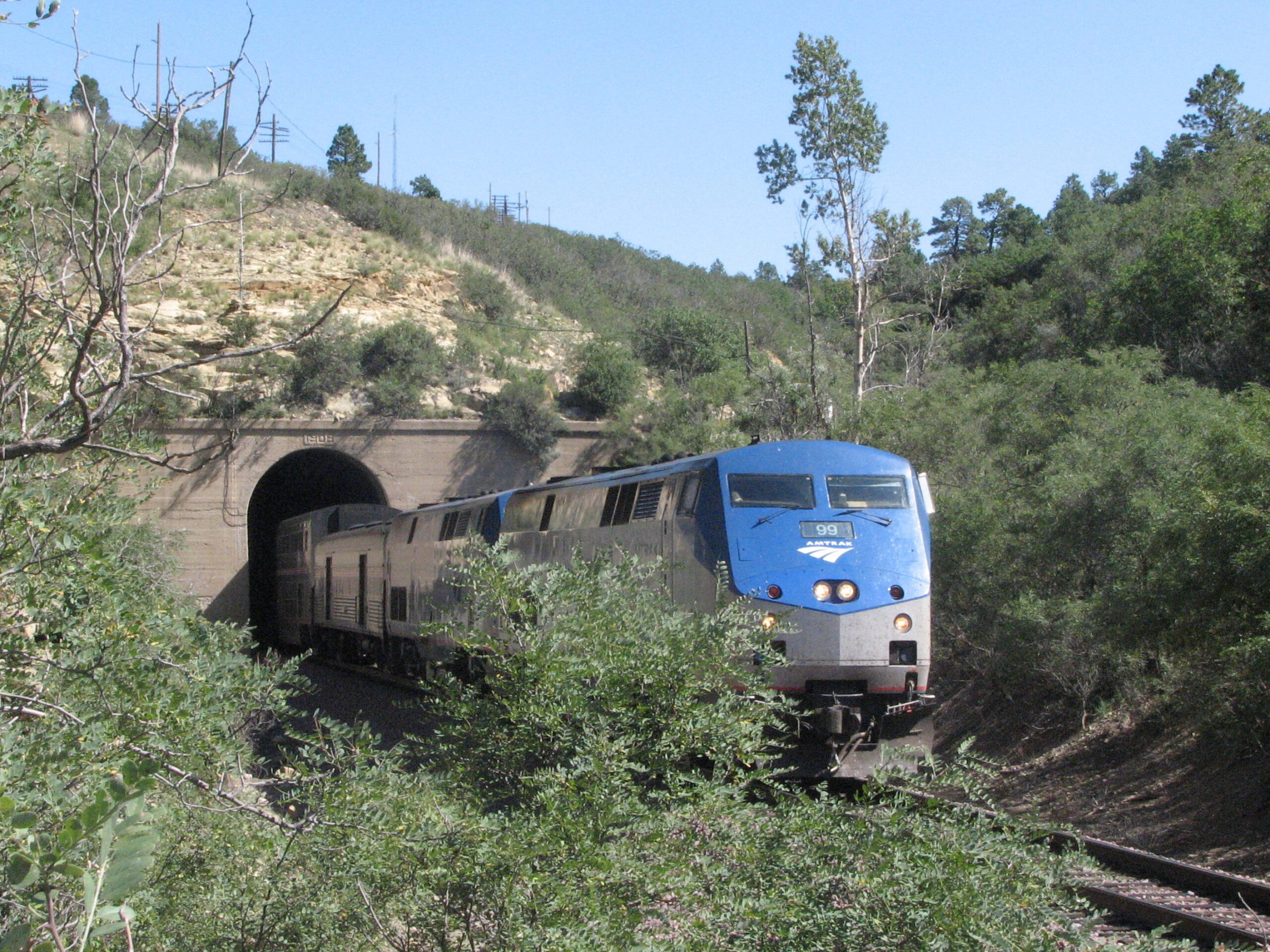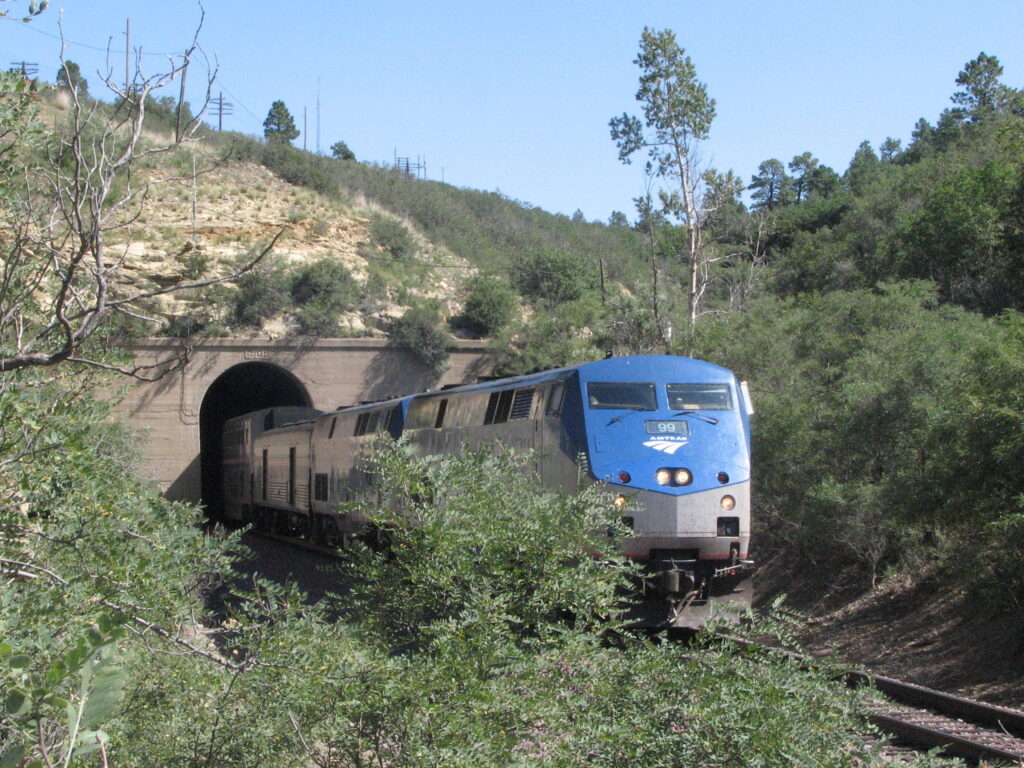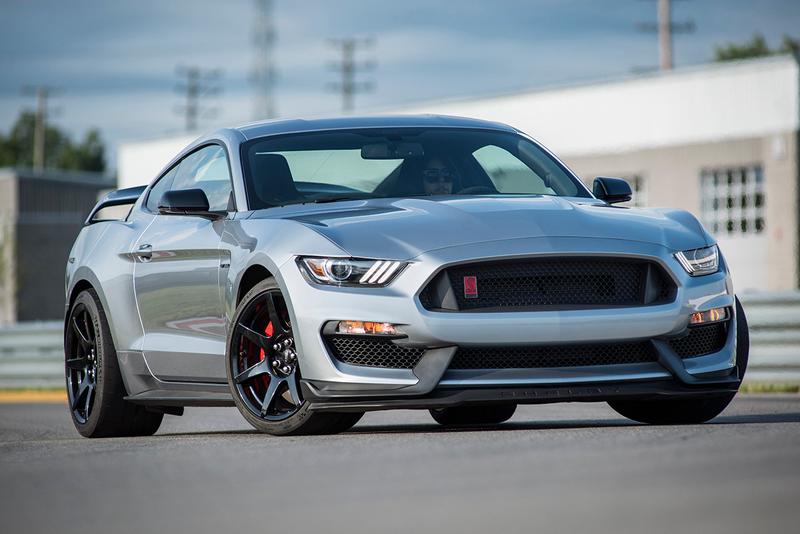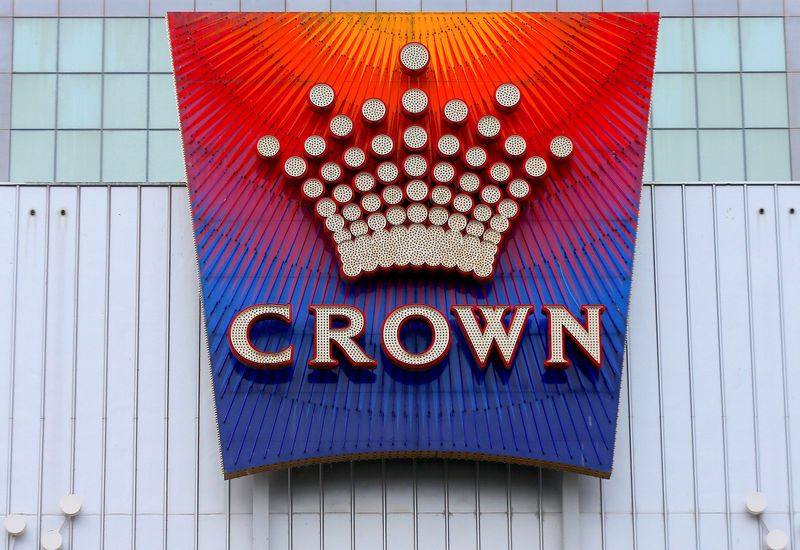On behalf of EVA Air, we offer our sincere apology to frontline epidemic prevention teams, health-care workers and the general public for the impact on public epidemic prevention efforts our dismissed pilot’s regulation violations have caused.
We treat all our employees equally and apply the same standard to each and everyone who works at EVA, no matter what rank or title. If anyone is found to have violated epidemic prevention rules, we will immediately investigate and take disciplinary action if it’s warranted.
On December 23, 2020, after a thorough evaluation of facts and evidence, EVA’s Disciplinary Committee dismissed a Captain for violating epidemic prevention rules and filing an untruthful report. He disregarded Taiwan Civil Aeronautics Administration and Ministry of Transportation and Communications (MOTC) Operational Principles, requiring Air Crew Members of Taiwan-based airlines to comply with health controls in addition to Article 43, Paragraph 2 of the Communicable Disease Control Act, stating “relevant personnel shall not refuse, evade or obstruct the laboratory testing, diagnosis, investigation…, jeopardizing the good name and reputation of the company.”
The dismissed pilot’s irresponsible disregard for the well-being of First Officers in the cockpit with him, ground crew and others he came in contact with also meets criteria for disciplinary termination under Article 12, Paragraph 1, Subparagraph 4 of Taiwan’s Labor Standards Law. Following Articles 13.3.6 and 14.3 of its Pilot Administration Manual, EVA’s Disciplinary Committee made a unanimous decision to terminate the pilot, effective immediately.
The dismissed pilot failed to mention his own noncompliance or epidemic prevention rule violations by any other crew member in reports he submitted for the cargo flights he commanded. On the evening of December 17, a female First Officer who had flown with the dismissed pilot notified EVA that she had been diagnosed with COVID-19 and mentioned that the dismissed pilot had not worn a mask when they were on duty in the cabin. Following Central Epidemic Command Center guidelines, we began investigating the dismissed pilot on December 18. Another First Officer who had flown with the dismissed pilot tested positive for COVID-19 on December 19. EVA contacted both First Officers to ensure their wellbeing and verify details of the situation. The First Officers confirmed that the dismissed pilot had not worn masks when he was on duty in the cockpit with them though he was asked to do so. The EVA Disciplinary Committee considered this information within the evidence they reviewed.
The dismissed pilot is from New Zealand, the female First Officer is Taiwanese and the other First Officer, Japanese.
We also immediately began improving our epidemic prevention practices and management procedures. For example, we established more rigorous rules for crew members when they collect food during overseas layovers in hotels. We now require everyone to wear masks, goggles and gloves when they receive food. During flights, only one pilot at a time can remove his or her mask to eat or drink. We equipped our dormitories with new door locks that record all entries and exits. We also created a new reporting mechanism to make it easy for employees to report violations they may witness, regardless of the offender’s position in the company. EVA will investigate all reports of violations and take disciplinary action whenever it is warranted.
EVA strictly complies with all government epidemic prevention policies and requires all crew members and staff to follow applicable rules. Unfortunately, one irresponsible employee’s thoughtless behavior spoiled the hard-earned success that other EVA pilots, crew members and staff have worked so hard to achieve. While EVA does not ever cut corners in practices or procedures, this situation exposed vulnerabilities in our epidemic prevention efforts. We met with Taiwan’s Central Epidemic Command Center and Civil Aeronautics Administration to discuss additional measures we can take to make our operations more secure. And we will use what we learned from this situation as we continue to do our best to strengthen and improve our epidemic prevention practices and management procedures.
